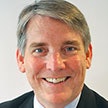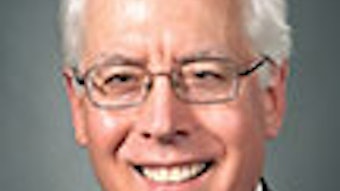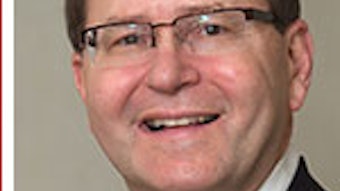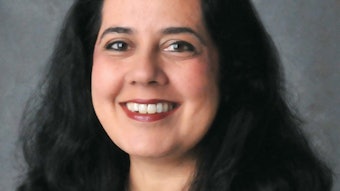Going global means embracing clinical care worldwide
The term “global” gets tossed around a lot these days. With the ease of intercontinental travel, a Starbucks and McDonalds in every corner of the world, and the power of the Internet, it does seem that the world is becoming an increasingly smaller place. But what exactly does it mean to be a global organization?

The term “global” gets tossed around a lot these days. With the ease of intercontinental travel, a Starbucks and McDonalds in every corner of the world, and the power of the Internet, it does seem that the world is becoming an increasingly smaller place. But what exactly does it mean to be a global organization? Of course, we naturally think of global as meaning “worldwide.” Certainly, the American Academy of Otolaryngology—Head and Neck Surgery is a worldwide organization whose influence and affiliations extend far beyond U.S. borders.
This international scope is evident in sheer numbers. This year we have 1,068 international Members from 88 different countries and 57 International Corresponding Societies (ICS) spanning nearly every continent (We have no connections in Antarctica—yet.). On average, AAO-HNS/F Members participate in a half dozen joint meetings with our ICS partners every year. Eugene N. Myers, MD, the former Coordinator for International Affairs and currently a globe-trotting Member of the Academy, regularly writes in the Bulletin of his travels to important otolaryngology meetings worldwide. In addition, our Annual Meeting & OTO EXPOSM draws attendees from all over the world. More than 1,600 international otolaryngologists participate in the Annual Meeting & OTO EXPOSM, making it the largest annual international gathering of otolaryngologists of its kind. Four affiliated international organizations held satellite functions at our Annual Meeting in Dallas and the number of requests for such events is growing every year.
Altogether, there were 26 different international functions in Dallas including the International Assembly and “Global Otolaryngology 2015: Our Academy Around the World.” Indeed, if you look at the sheer number and breadth of our international activities, we are already “global.” But I don’t think these facts really tell the whole story.
When I think of the term “global” in the context of our Academy, I also think of Webster’s second definition of the word, i.e., “to embrace the whole of something.” I firmly believe that our mission of achieving “excellence … through education, research, and health policy advocacy” calls for us to embrace the whole of otolaryngology regardless of geography. The AAO-HNS/F has become a pre-eminent organization for our field. As such, we have a responsibility to enhance the practice of otolaryngology and the care of patients wherever they live. Through our Clinical Practice Guidelines and new educational platforms, the AAO-HNS/F is poised to play an even more influential role in patient care excellence around the world. Our support can have a powerful influence on global health policy on such issues as hearing loss prevention and the provision of surgical care.
In addition to what we have to offer the world, we also stand to gain tremendously from the efforts of our international colleagues through their scientific contributions and service to our Academy. Our Annual Meeting & OTO EXPOSM and education programs are enhanced not only by their attendance, but also by their participation and knowledge. Indeed, next year we are launching the AAO-HNSF International Symposium, which will showcase cutting-edge content presented by international physicians. Many of the scientific advances that are commonly used in today’s practice, such as endoscopic sinus surgery and transoral laser microsurgery, were pioneered outside of the United States.
The AAO-HNS/F is already a global organization, but we could do more to foster and embrace the global otolaryngology community “as a whole.” Last year, former President of the AAO-HNS/F, Gayle E. Woodson, MD, appointed an International Task Force to explore ways that the Academy might accomplish that task. I will share more with you about this process in the coming months. Together with our international colleagues, we can do even more to promote the highest standards in otolaryngologic clinical care worldwide. Now that’s what I call “going global.”



